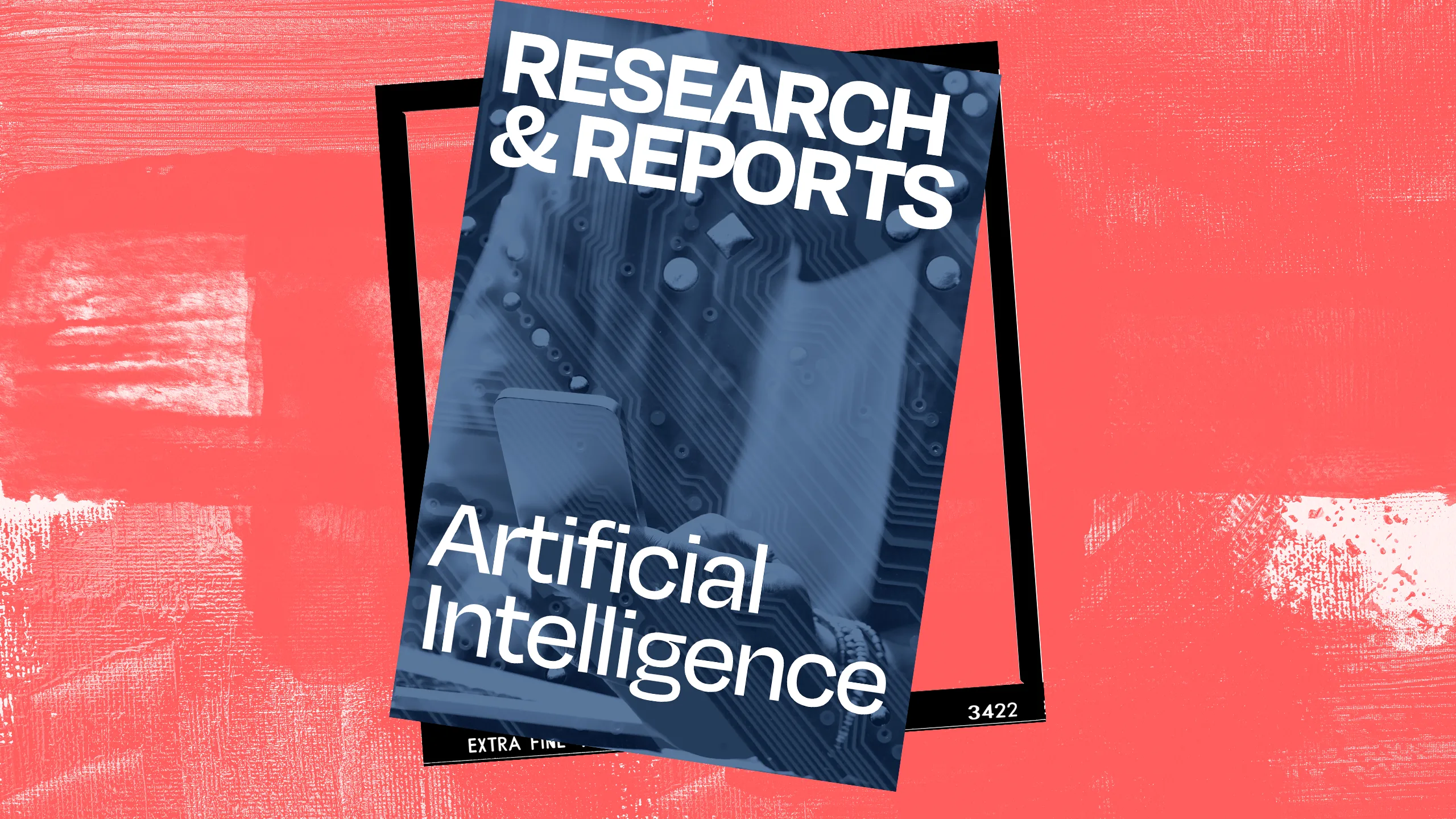AI will be the ‘single biggest driver of change’ in communications
New research reveals how in-house communications, public affairs and marketing are being transformed by AI, highlighting efficiency gains, adoption challenges and evolving skillsets.
by Éilis Cronin

You are trying to view an article that is only available to subscribers.
If you already have a subscription, sign in to continue. To find out more about our available subscription packages click here.
Sign In
Register for free
✓ Access limited free articles each month
✓ Email bulletins – top industry news and insights delivered straight to your inbox
Take a 30-day free trial
✓ Unlimited access to all In.Comms content
✓ Real-world campaign case studies and career insights from in-house comms pros
✓ Exclusive reports, industry news, and annual features like Best In-House Campaigns and Communicator of the Year
